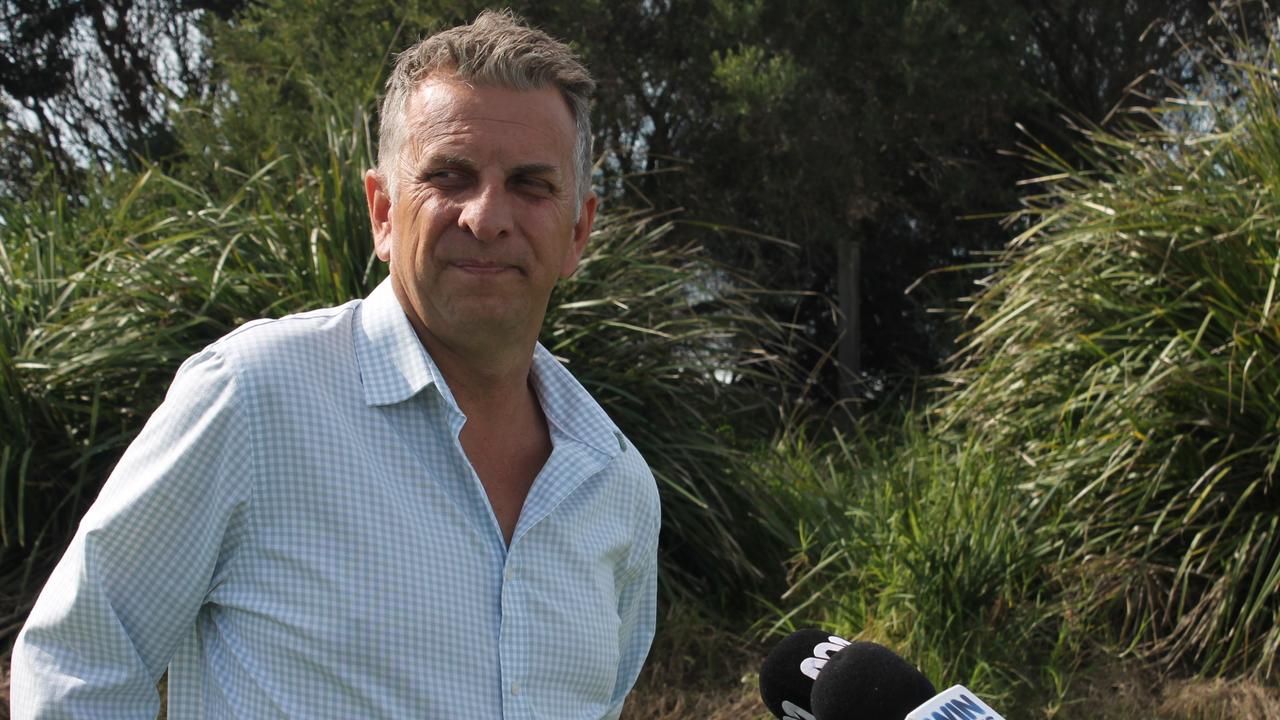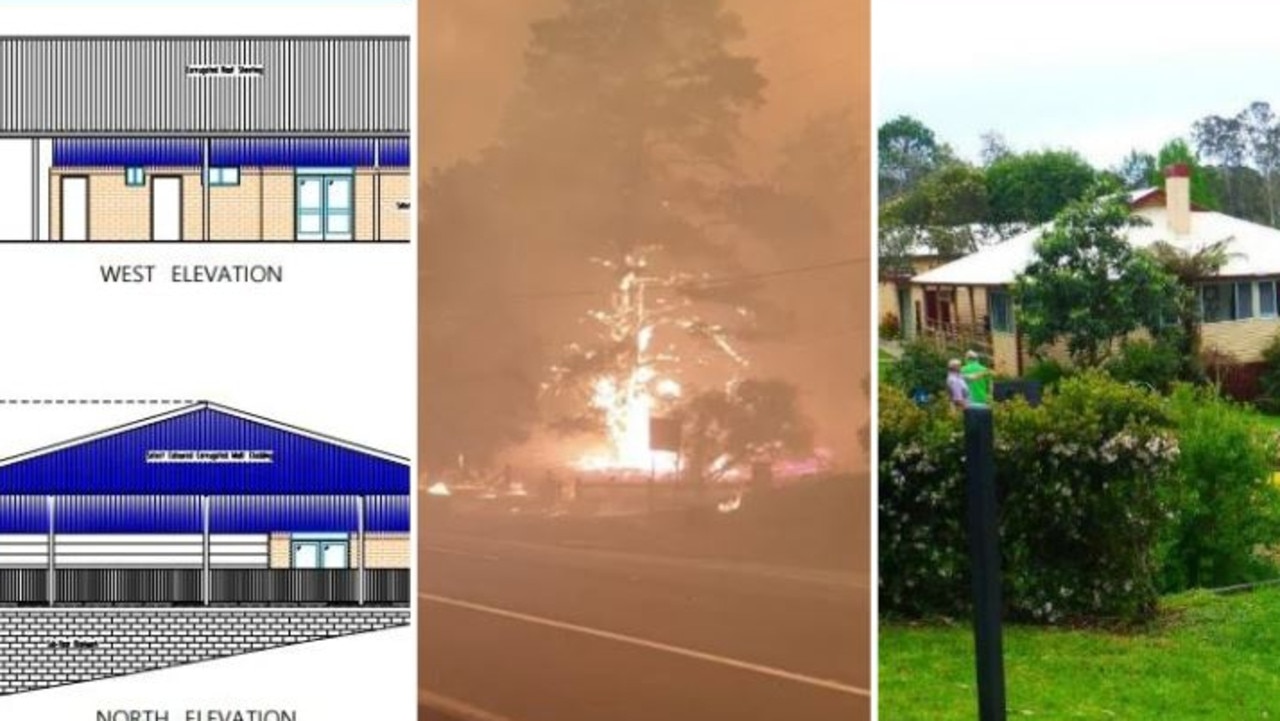Residents left waiting in disaster-addled Mogo despite grand new plan
More than two years after the South Coast town of Mogo was devastated by bushfires and then floods, a grand plan has been released to revitalise the tourist hub - yet locals fear it will take years to realise.
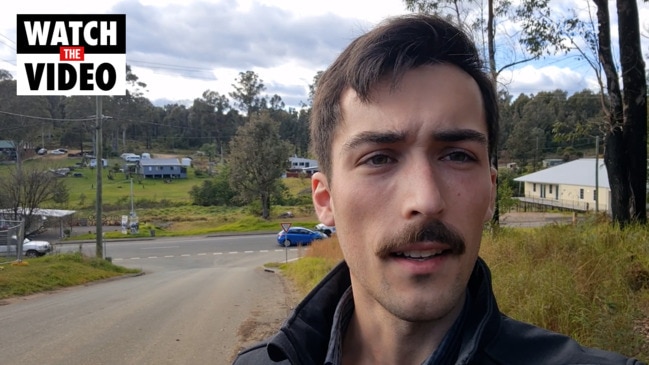
The South Coast News
Don't miss out on the headlines from The South Coast News. Followed categories will be added to My News.
After more than two years of consultation and deliberation, Mogo residents fear they’re no closer to realising promised large-scale projects - including Australia’s largest bike trail - despite the release of an ambitious new master plan.
The South Coast tourist town faced wave after wave of devastation starting with the Black Summer fires in late-2019 which left much of the town in ruin. Two major floods in 2020 and 2021 put extra pressure on businesses already struggling amid the ongoing pandemic.
The Mogo Village Activation Plan, approved by the local Eurobodalla Shire Council earlier this month, was intended to bring together for the first time in a single document the myriad of forward-facing projects in the area - including in flood fortification, infrastructure, and tourism.
What the plan lacks, though, Mogo Village Business Chamber president Richard Adams said, was funding.
“To get to this point, it’s been two years,” he said.

“But, we’re still another five years away from anything being implemented because there’s no money there to go with the activation plan.
“We want to get it done and move on, and assist the community with their recovery.”
Under pressure from the Covid pandemic, Mr Adams said members of the chamber and local leaders were “exhausted” and “frustrated” by seemingly endless rounds of community consultation, which often relied on the support of volunteers.
“It’s a nightmare,” Mr Adams said.
“We’re all volunteers. They’re not assisting us, we’re assisting them.
“It’s been a huge job. I don’t know how many hours the Chamber executives have actually spent on this stuff, it’s probably thousands.
“We need people on the ground. We need these organisations to do their work, not for us to do it for them when they’ve got staff funded.”
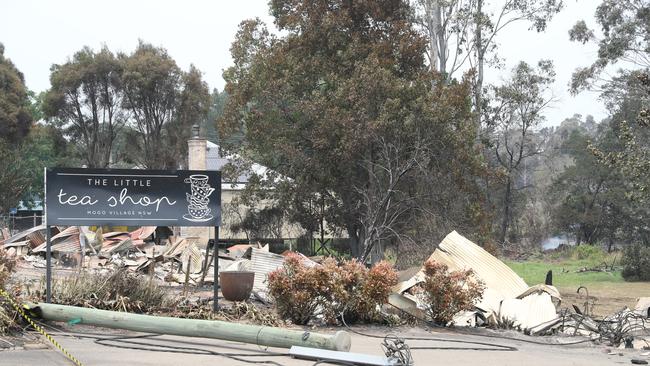
One project that has received its funding is the $8 million new Mogo Mountain Bike Hub.
And yet, the project also hasn’t gotten off the ground more than 18 months after it was unveiled, due to recurrent rounds of applications and approvals, the final of which – which would allow work to begin – has not been received.
Nonetheless, program co-ordinator Shane Spicer said the project could become the biggest mountain bike trail in the country at more than 150km.
Based on similar projects overseas, he said it could bring more than 120,000 people to Mogo per year, and at least $12 million annually based on low-end estimates.
Should the project reach those numbers, Mr Spicer said multiple nodes in the hub could be activate to alleviate pressure on the main departure point in Mogo.
“There hasn’t been a project of this size in the country yet,” Mr Spicer said.
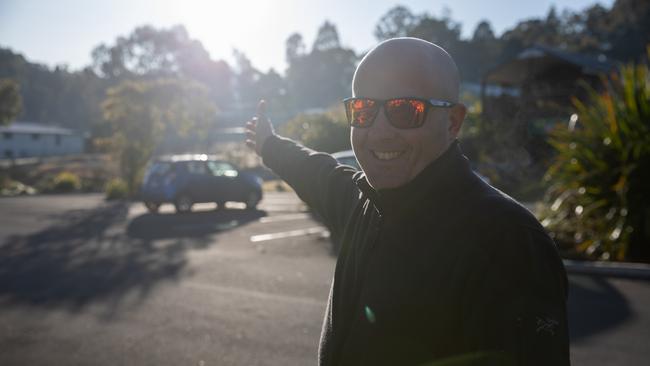
“The people who are in this sport will generally travel from afar, and are willing to spend money on these sorts of holidays.
“They ride all day and come back and spend time in the cafes and restaurants, but also in every other type of shop the community has.”
Mr Spicer said for many Mogo residents, their exposure to the sport was through events hosted in nearby Mogo State Forest where the tracks will primarily be laid, and that many owners were excited for the up-tick in regular customers.
“They’re excited to get more boots on the ground,” he said.
“We’ll be working with businesses over the next 12 months to help educate a range of owners on how they can attract new markets. And, what this market is going to bring them across different experiences, be that accommodation, food, or beverages.”
While some businesses are excited, others are more reticent.
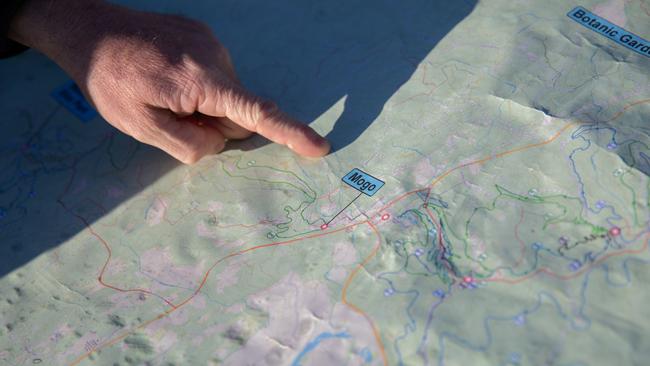
An increase in visitation in the aftermath of multiple natural disasters has already had an effect on local staff and businesses, Mr Adams said.
He feared that the projected boom from projects including the new Mogo Mountain Bike Trail would only make things worse.
“Opinion on the tourism projects is split,” he said.
“If your figures have tripled, the amount of work you have to do to meet the expectation of customers has, too.
“That means more staff at a time when interest rates are going up.”
At the lower end of estimates, as many as 45,000 additional tourists could visit Mogo each year to attempt the trail. Mr Adams feared the town wasn’t ready even for that conservative estimate.
“Our infrastructure is not set up for this,” he said.
“We don’t have enough car spaces for someone to leave their car for eight hours while they go biking.
“Most of the businesses, including myself, don’t know much about mountain biking or how it operates.”
For local small businessowner Theresa Matthews, frustration and anxiety has pushed many residents to breaking point.
After two and a half years, The Lolly Shop Mogo owner believes little has been done to affect change.
“It’s like Mogo doesn’t exist now,” she said.
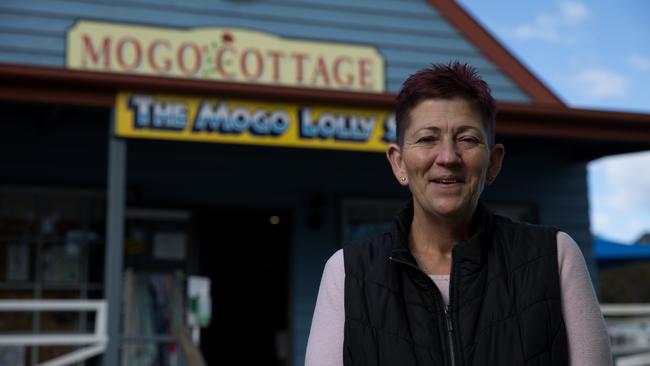
“The minute we’re no longer in the news, they forget about us.”
A resident of Mogo of more than 15 years, Ms Matthews said when floods tore through the town in 2020, she’d never seen anything like it.
“I’ve never seen water cross the road like that in my lifetime,” she said.
“And, it’s going to keep happening if they don’t fix the creek.
“I want accountability for where the money is being spent.”
Ms Matthews is unsure of the value the new bike network will have on an already overworked business community.
“Where are they going to park? Where are they going to use the bathroom?” she asked.
“The shopping precinct is going to be inundated with bike riders.”
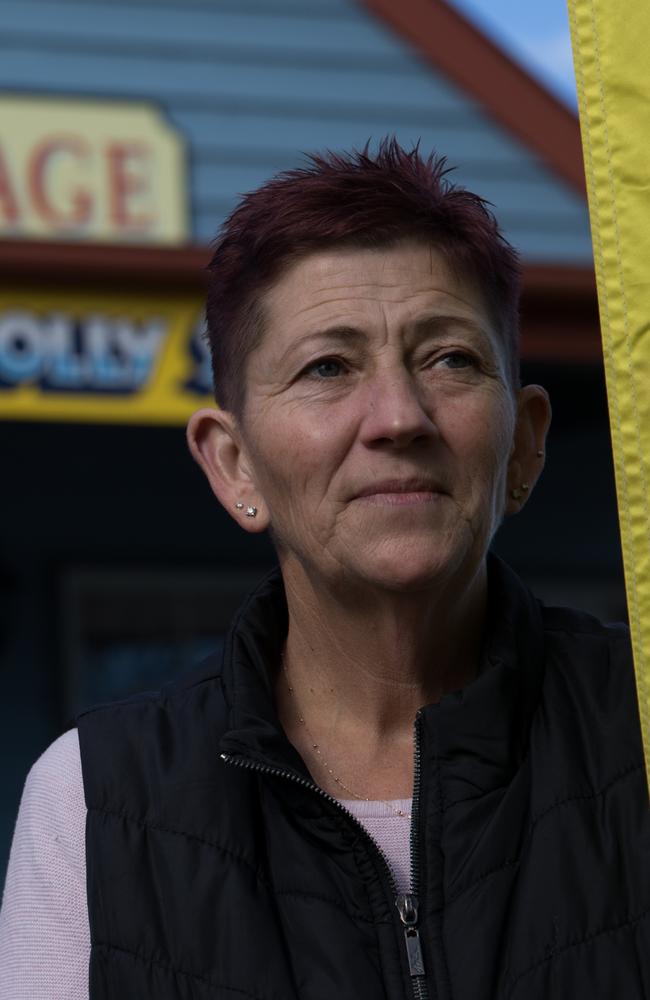
The Mogo Wildlife Park is currently one the region’s main attractions, and its zookeeper, Chad Staples, is optimistic for the future of the town after multiple natural disasters.
“It’s been a challenging couple of years,” Mr Staples said.
“Mogo is a fantastic little town that has gone through so much, but it’s never lost that beautiful spirit. I’m looking forward to a better, brighter tomorrow.”
While the current mountain bike trail path does not connect directly with the zoo, it does get close.
Mr Staples said any investment in regional tourism offering would herald a boon for the town and business community as a whole, including the wildlife park.
“Any community does better with the more it has to offer,” he said.
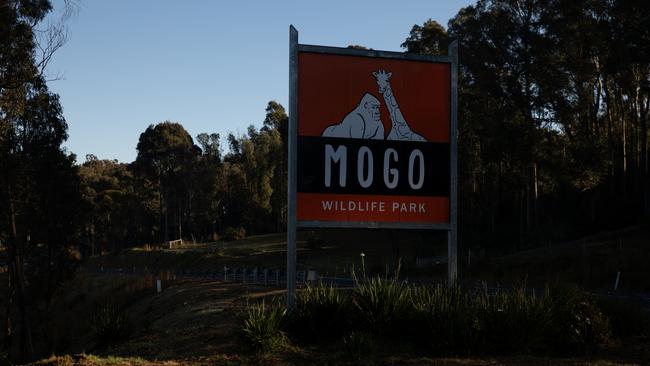
“The South Coast has the most stunning beaches in the state, which is a huge draw, but the walking and biking tracks add another reason for people to not only visit but stay longer.”
In the meantime, people like Mr Adams still have a lot of work ahead of them.
He doesn’t expect any of the many projects to gain speed anytime soon.
“There are so many problems in this country, not just in Mogo,” he said.
“The new Federal Government’s inherited a fair bit of debt. The purse strings are going to have to be pulled up very soon. But, we were promised these things two and a half years ago.
“I can understand why the community is frustrated.
“They’re just going to have to wait.”



